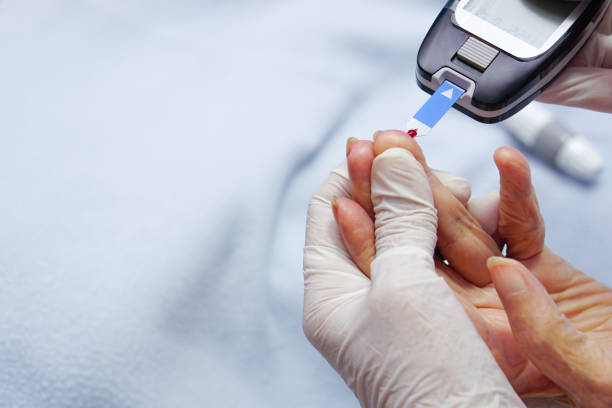

An integral part of diabetes care is monitoring blood sugar levels through testing. This practice helps individuals with diabetes make informed decisions about their diet, exercise, and insulin regimen.
By regularly testing, you gain a better understanding of how your lifestyle, diet, and medications affect your blood glucose levels, enabling you to make necessary adjustments.
Last week, we debunked myths surrounding diabetes and highlighted key facts. As we close out Diabetes Awareness Month, Our Today shares valuable tips on monitoring your blood sugar levels.
Common tests for monitoring blood sugar levels
There are several tests used to monitor blood sugar, particularly for people with diabetes or those at risk of developing the condition. The main tests include:
- Home blood glucose monitoring: The most common test for day-to-day monitoring, especially for individuals with diabetes.
- Continuous glucose monitoring (CGM): Ideal for those who require constant monitoring or have difficulty managing their blood sugar levels.
- Hemoglobin A1c test: Not an everyday test, but key for evaluating long-term blood sugar control. This can also be done at home with the right kit.
How to conduct a glucose test at home

Wash your hands
Wash your hands with warm water and soap to avoid contaminating the blood sample with any dirt or bacteria. Dry your hands completely. If your hands are cold, it may be harder to get a blood sample, so warm them up.
Prepare the glucose meter and test strip
Insert a test strip into your glucose meter. Most meters will automatically turn on when a test strip is inserted. If not, you may need to press the “on” button. Ensure the meter is set up correctly and is ready to take a reading.
Prepare the lancet
Load the lancet into the lancet device according to the instructions on the lancet packaging. Adjust the depth setting of the lancet if necessary, depending on your comfort level. Remove the protective cap from the lancet device.
Prick your finger
Choose the side of your fingertip (not the middle) as it’s less sensitive and gives you an adequate amount of blood. Place the lancet device on the side of your fingertip and press the button to release the lancet. You will feel a quick, sharp sensation. Avoid squeezing your finger too much, as it can cause a mixture of tissue fluid and blood, which may lead to inaccurate readings.
Get a blood sample
Once your finger is pricked, gently squeeze your fingertip to produce a small drop of blood. Wipe away the first drop with a tissue or cotton ball if needed, as it might contain extra tissue fluid that could interfere with the reading. Hold the test strip to the blood drop. The strip will absorb the blood, and the meter will start analysing the sample.
Wait for the result
The glucose meter will display your blood sugar level within a few seconds (usually around 5-10 seconds). The result will appear on the meter’s display screen and will be given in either mg/dL (milligrams per decilitre) or mmol/L (millimoles per litre), depending on the unit of measurement used in your country.
Record the result
Write down your blood sugar level, along with the time and date of the test. Many people also track meals, exercise, and any insulin or medication taken at the time of testing. Some glucose meters automatically store readings, so you can monitor trends over time.
Dispose of the lancet and test strip
Dispose of the lancet in a sharps container or follow your local guidelines for safe disposal.
Dispose of the used test strip in the rubbish.
Stop any bleeding
If your finger is still bleeding after the test, apply gentle pressure with a cotton ball or gauze until the bleeding stops.







Comments